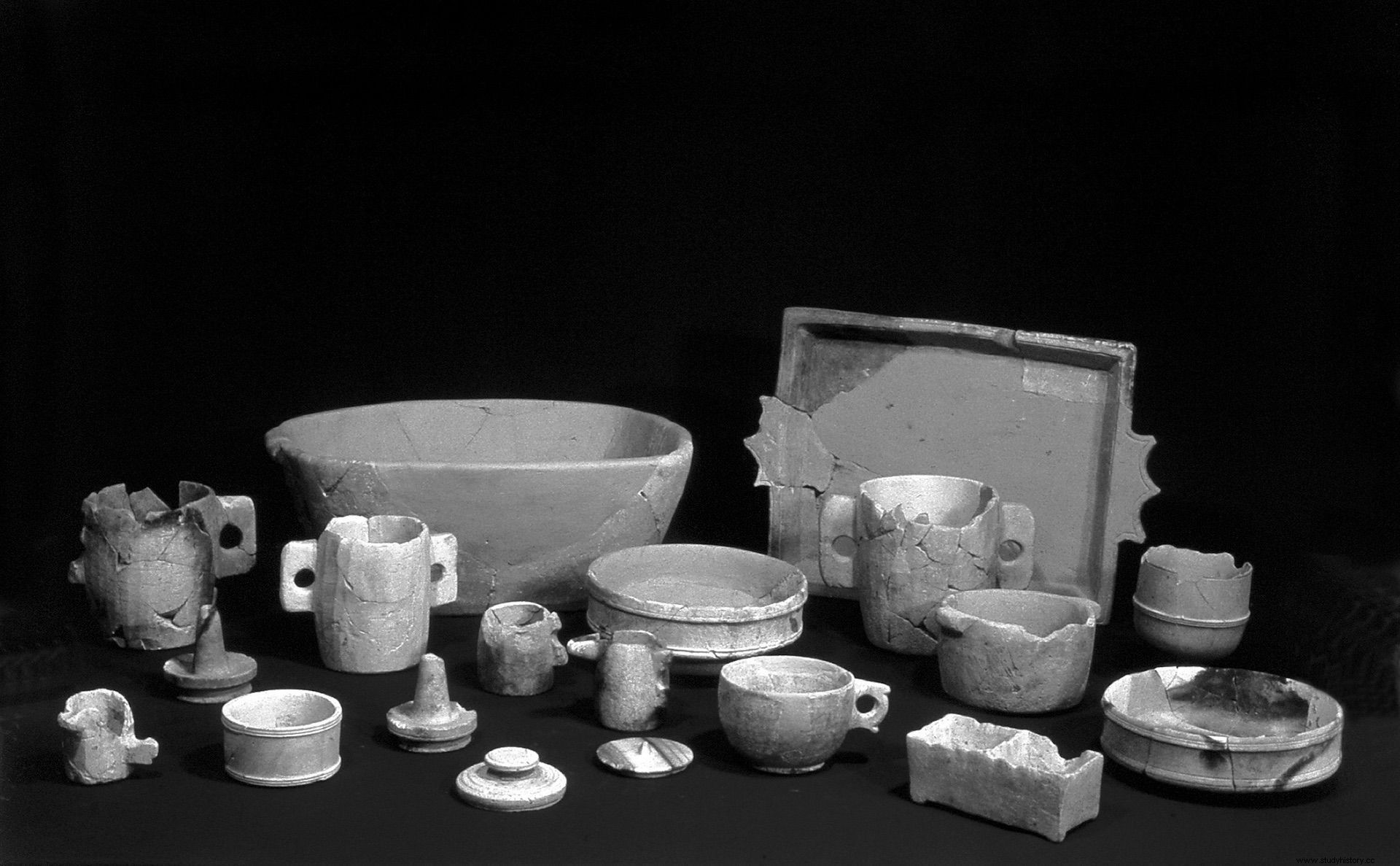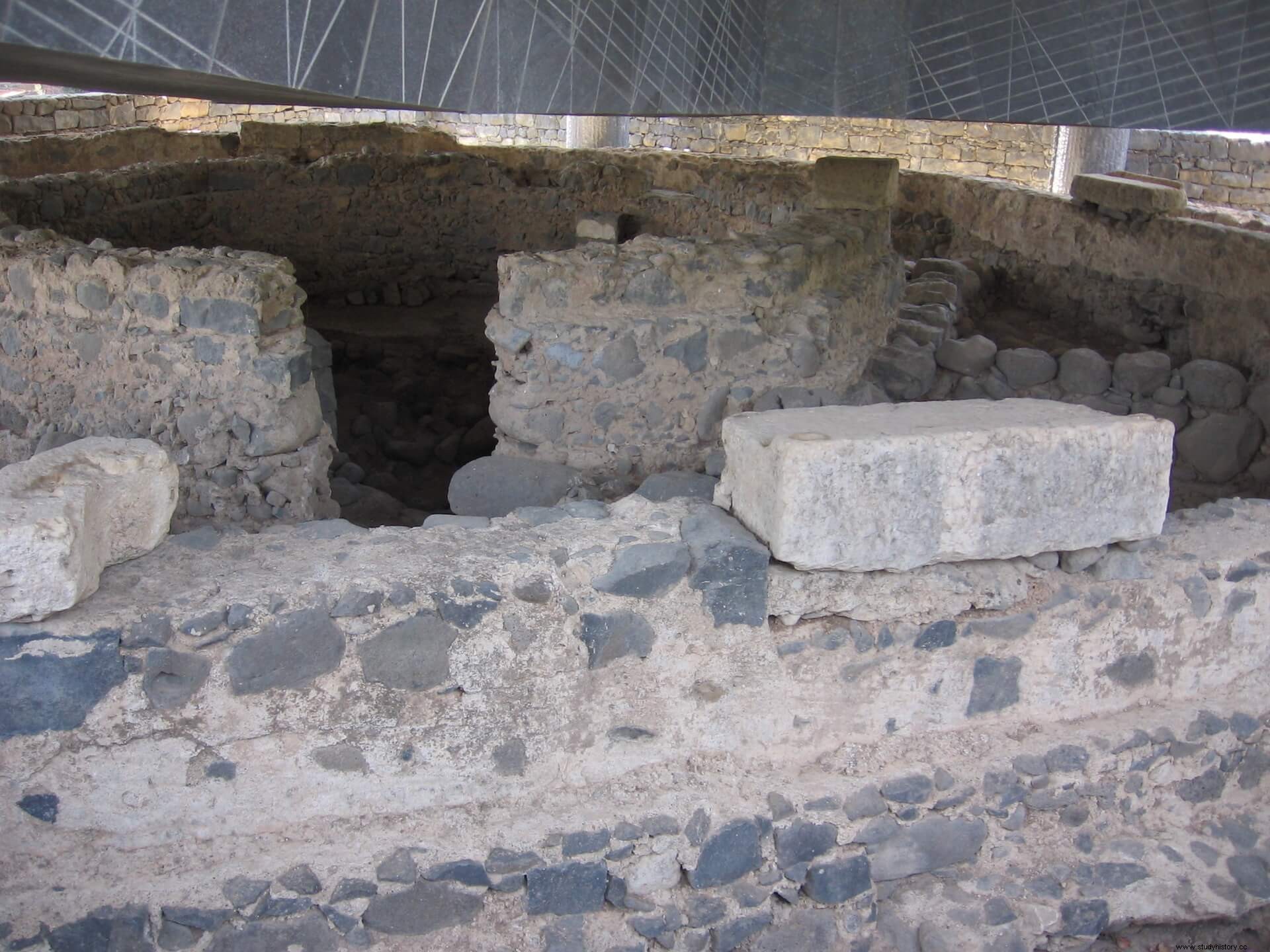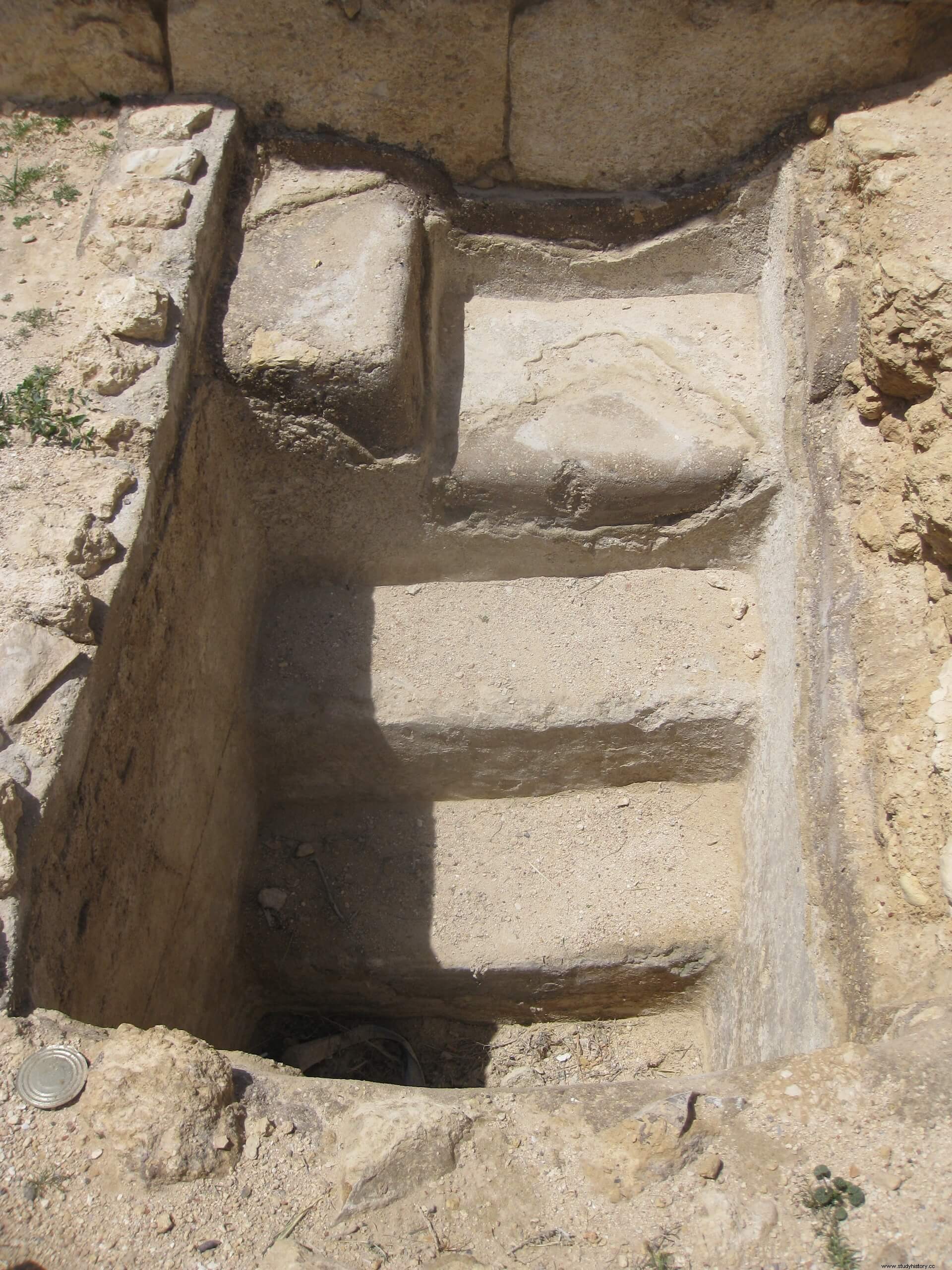The episode has great relevance for Christianity, since it constitutes the starting point of the split with respect to traditional Judaism , in addition to the essence of some of the most widespread liturgical practices in the later Christian tradition. Logically, dealing with a very specific episode in the life of a particular Jew of the 1st century AD. C. that did not belong to the political or administrative elite, there is no direct evidence to support its historical veracity. Despite this, we can make a more or less precise contextualization of some aspects that, regardless of the faith that each one professes, would fit within what is historically "plausible"; a word certainly difficult to avoid in any research on the figure of the historical Jesus . If we try to isolate possible tendentious, theological or partisan ideas of the Christians who wrote about it between twenty and seventy years after the moment in which the events would have taken place, we find some contrasting elements of enormous interest that can be of great interest to us. It helps to understand how an apparently normal dinner ended up having such an impact, perhaps because of the farewell character that this last meeting with their teacher ultimately had for Jesus' disciples.

The first of these details has to do with the own dinner. The practice of group meals is not unusual in the Hellenistic tradition, which permeated the Palestinian lands for centuries. According to some investigations in this regard, this was a common practice among the Jews, which acquired special relevance among the Galileans, who linked the consumption of food and alcohol in a group with an approach to the "Kingdom of God" , in a formula not devoid of a certain ritual and eschatological sense with well-known links in different passages of the Old Testament and the rabbinic tradition. Jesus' ministry was often characterized by his participation in celebrations of this kind, frequently even with people judged to be "unclean" and unacceptable by traditional Jewish law. It is clear, then, that the Last Supper would have a relevant character, although nothing strange in the life of the Nazarene.

Other interesting aspects of historicity come from the gospels themselves . As usual, the Gospel of John (latest, compiled ca. 90/100 AD C.) is the one that presents a more detailed account in material elements, something that contrasts with the high theological content that is frequently associated with it. This is explained because Juan was more focused on a non-strictly Jewish audience that required greater detail of the usual practices in that context. In his narrative, John presents a common meal, and not a traditional Passover meal. In fact, he insists that it took place on the day "before the preparation of the Passover" (Jn 13:1; 19:14 and 31), that is, the day before the seder or Passover meal, although according to Jewish tradition the day was considered to begin with sunset, and therefore it would have extended in part until the following day (Friday). Although Jesus was staying in Bethany, the meeting would have been held in a house in Jerusalem, inside the walls. Mark (14:13) and Luke (22:10) describe it almost as a clandestine meeting:the disciples had to follow a mysterious man carrying a pitcher of water to the house where they were going to have dinner. Matthew (26:18), on the other hand, indicates that the dinner was going to be celebrated "at the house of so-and-so", without indicating the name. Note the relationship of these clandestine meetings with those held for decades among early Christian communities hiding from Roman persecution. The cenacle, the room in which the banquet would have been celebrated, would be a "large and spacious room prepared with carpets and cushions" (Mk14:13; Lk 22:12) owned by someone known to Jesus and, apparently, of a certain status Social. In the reference to the washing of the disciples' feet, which is mentioned only by John (Jn 13:1-20), Jesus, the main one at the table, showed the opposite behavior to that usual at banquets. The logical thing is that the servants or slaves that were probably in the house would have carried out this task, but in no case the one who presided over the banquet. In any case, it seems clear that the room was prepared with the necessary instruments for the ritual ablutions that precede the meal:containers with water, basins and towels. The practice of purification is a transcendental element of the Pharisaic tradition , and is widely contrasted archaeologically through the presence of numerous stone containers used for purification rites, especially in Galilee. Unlike other materials, stone was considered immune to impurities. Here Jesus once again shows off his particular concept of purity, which in many episodes is shown to be very different and much more relaxed than that of self-righteousness.

Another detail that cannot go unnoticed is the shape in which they were distributed around the table. As usual, the banquet took place with the diners reclining (Mt 26:20; Jn 13:12; Mk 14:18) on divans and not sitting at the table as we usually believe carried by a collective imagination excessively influenced by iconic images like the one in The Last Supper by Leonardo da Vinci.
Many of the features of the Last Supper have clear repercussions in the first Christian communities , especially since these are articulated in a line of interpretation that would converge in the one headed by Pablo de Tarso. It is Paul himself who, in his first letter to the Corinthians (11:23-26), the oldest source that speaks of this episode, dated ca. 55-56 AD C., already mentions that Jesus is “the paschal lamb, which has been slain” (5:7). The symbolic character that Christians add to the meal therefore derives from the analogy with the Paschal sacrifice. If Jesus was to die, he would do so as a sacrifice, and just as in the Jewish Passover the lamb or the goat had to be sacrificed in the temple in Jerusalem and consumed in the houses of the Jews in commensal, the bond of wine and bread with the blood and body of the Nazarene they established that link with Jewish ritual practices as well as a clear break with the traditional priesthood and the "official" way of the Israeli religion represented by the temple. We have already seen, however, that the date does not fit with the night of Easter and, furthermore, none of the Gospels mentions the typical foods of a dinner of these characteristics, which in addition to lamb would include unleavened bread and bitter herbs. References in the Synoptic Gospels to the Last Supper as a seder (Mt 26:17-18; Mk 14:12-16; Lk 22:15) are therefore framed within the symbolic field within the framework of the Jewish Passover festivities, and are explained from a Christian perspective –in later part to the disappearance of the temple in 70 d. C.– which advocates breaking with the Jewish tradition without giving importance to the historicity of the story. Whether or not the meaning of the imminent death of Jesus was discussed there is something that we will probably never know, and therefore it will be up to the believers.
